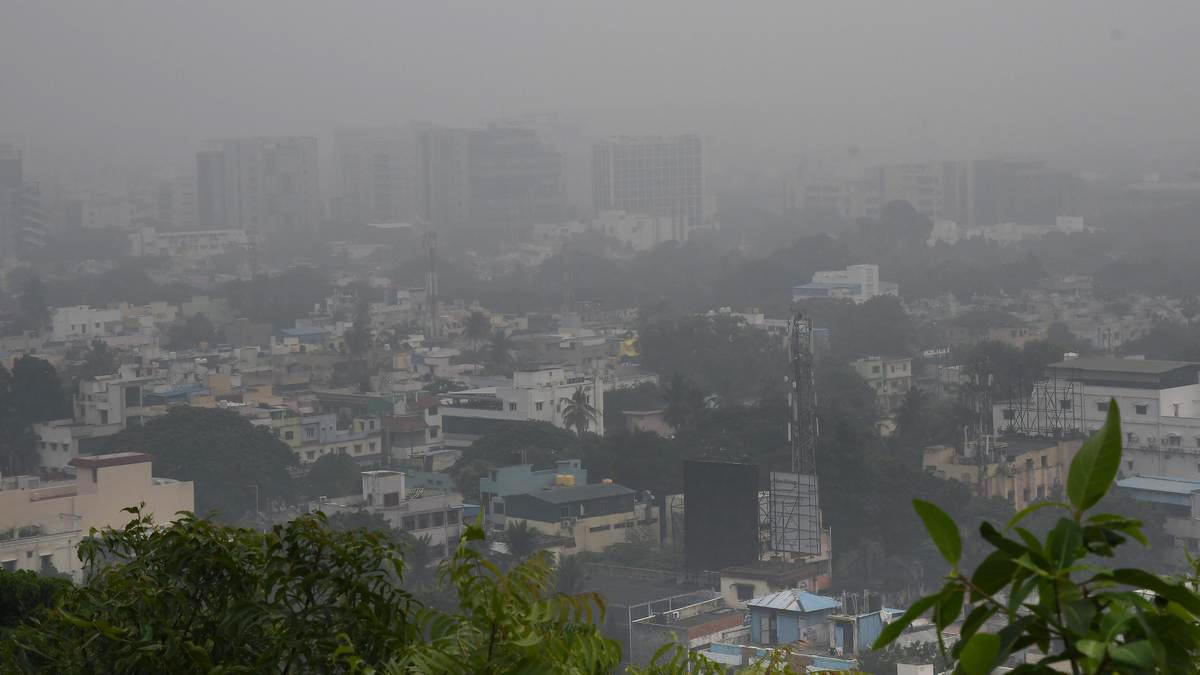Bengaluru DG Set Pollution

Bengaluru DG Set Pollution
1. Context:
Bengaluru Urban ranks among the top districts in India for PM2.5 emissions from diesel generator (DG) sets, according to the CSTEP report “Switch on, Smoke off” (2025). DG sets are widely used for power backup across residential, commercial, and industrial sectors.2. Key Findings:
- Bengaluru Urban ranks:
- 3rd in 5–75 kVA category
- 2nd in 76–375 kVA
- 3rd & 6th in 376–750 kVA and >750 kVA categories
- Other top polluted districts include Patna, Gautam Buddha Nagar, Mumbai, North 24 Parganas.
- Total DG sets in India (2022): 14.7 lakh sets (>5 kVA), cumulative capacity 2,72,576 MVA.
- Pollutant contribution: 42 Gg PM2.5, 23 Gg black carbon, 877 Gg NOx.
- Sector-wise use: Commercial (40%), Industrial (34%). Commercial use includes retail (25%), telecom towers (15%), hotels (15%), offices (15%), hospitals (10%). Industrial use: primarily manufacturing (74%).
3. Implications:
- Urban air quality: DG sets are a hyperlocal pollution source, contributing to PM2.5 and noise pollution in cities.
- Public health: PM2.5 penetrates deep into lungs and bloodstream, linked to respiratory and cardiovascular diseases.
- Policy challenges: Frequent power cuts and high DG capacity in some districts exacerbate emissions.
- Environmental management: Older, poorly maintained DG sets act as super-emitters, requiring regulation and phase-out strategies.
4. Policy Relevance:
- National Clean Air Programme (NCAP): Need to integrate DG set emissions into city-level action plans.
- Urban planning: Incentivize renewable energy and grid reliability to reduce DG dependency.
- Regulatory measures: Emission standards, regular inspection, and adoption of cleaner technologies.
5. Global/Comparative Context:
- Similar challenges exist in other rapidly urbanizing countries relying on backup generators.
- Lessons from renewable energy adoption and smart grid integration globally can guide mitigation strategies.
Updated - August 21, 2025 01:42 pm | The Hindu
Diesel Generator Sets DG Sets PM2.5 Emissions Air Pollution Noise Pollution Bengaluru Urban Karnataka India Air Quality Industrial Pollution Commercial Pollution Hyperlocal Pollution Sources CSTEP Report Black Carbon Nitrogen Oxides Pollution Control Urban Air Quality National Clean Air Programme Renewable Energy Urban Governance UPSC State PSC Environment Optional Current Affairs